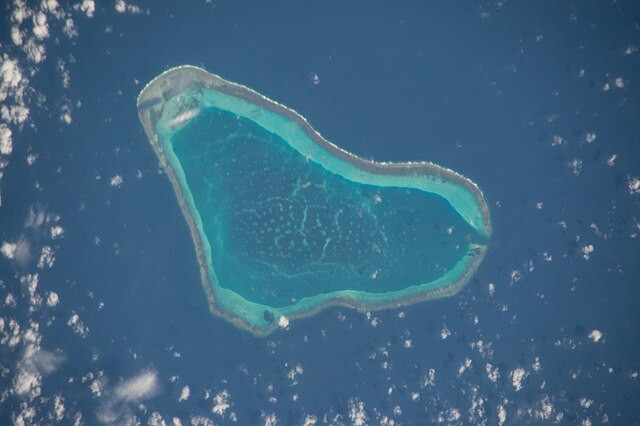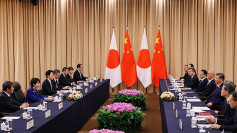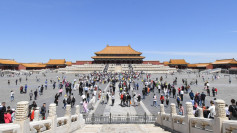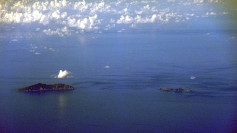China said Thursday it had expelled two Philippine aircraft from airspace above the disputed Scarborough Shoal, intensifying a series of confrontations between the two countries in the South China Sea that have drawn concern from Washington. The incident marks the second standoff in as many days, following what Manila described as "aggressive interference" by Chinese forces during a Philippine patrol flight earlier this week.
Liu Dejun, a spokesman for the China Coast Guard, said in a statement carried by state-run Xinhua News that two Philippine reconnaissance planes had "illegally entered Chinese air space above Huangyan Island" and were tracked, monitored and warned off "in accordance with laws and regulations." Liu accused the Philippines of carrying out "provocations" that violated China's sovereignty and "threatened regional peace." He called on Manila to "immediately cease its acts of infringement, provocation and inflammatory rhetoric."
The Philippine Coast Guard offered a sharply different account, releasing footage showing what it said was a Chinese Shenyang J-16 fighter jet flying close to a Philippine patrol plane near the same area. Coast Guard spokesperson Jay Tarriela said the Chinese aircraft "harassed and endangered the safe flight path" of the Philippine plane, which was conducting a routine maritime domain awareness mission. He added that a Chinese navy helicopter had made a "low-altitude pass" directly beneath the Philippine aircraft in what he described as an apparent intimidation tactic.
"In the face of such aggressive actions, the Philippine Coast Guard remains steadfast in its commitment to uphold international law and safeguard maritime jurisdiction in the West Philippine Sea," Tarriela said. He added that personnel on the mission, including embedded journalists, faced "a clear and unacceptable risk" to their safety.
Tarriela also said the Philippine team discovered two new buoys near the reef, as well as construction debris "dating back at least two years." Satellite imagery reviewed by the coast guard showed what appeared to be a previously undetected structure within the atoll. Analysts say the installation could indicate Beijing's growing push to consolidate control over the area.
Scarborough Shoal-known in China as Huangyan Dao and in the Philippines as Bajo de Masinloc-lies within Manila's exclusive economic zone but has been under Chinese control since 2012. It remains one of the most volatile flashpoints in the South China Sea, a critical waterway that carries about 20% of global maritime trade. Despite a 2016 international tribunal ruling in The Hague rejecting Beijing's sweeping territorial claims, China continues to assert sovereignty over nearly the entire region.
Chinese Foreign Ministry spokesperson Lin Jian blamed the Philippines for "triggering dangerous situations at sea," accusing the U.S. of "vilifying and accusing China over the legitimate and lawful measures China took to defend its sovereignty." He said Washington was using its Mutual Defense Treaty with Manila to "threaten China."
The U.S., however, reaffirmed its commitment to the Philippines following Sunday's separate confrontation near Thitu Island, where Chinese vessels fired water cannons and rammed a Philippine fisheries ship. "We stand with our Philippine allies as they confront China's dangerous actions which undermine regional stability," a U.S. State Department spokesperson said Monday, reiterating that the defense treaty "extends to armed attacks on Philippine armed forces, public vessels, or aircraft-including those of its Coast Guard-anywhere in the South China Sea."






